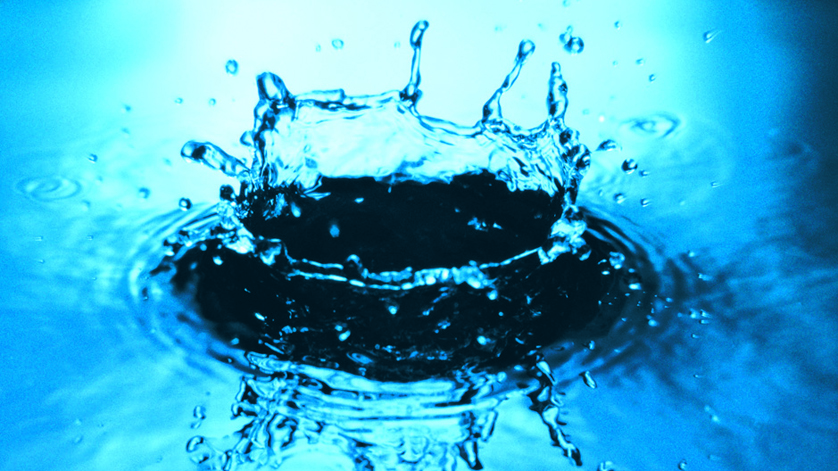
A frequently recurring question is about the definition of the so-called IP protection types or sometimes referred to as “IP rating”. The IP ingress protection types provide a system that describes how the housing of electrical equipment is protected against the ingress of particles/ dust and water.
Actually, the standard only describes – by means of a code of max. 4 digits – whether the instrument is protected against the penetration of water and foreign particles/dust but does not indicate if the instrument is suitable for special operating conditions. The abbreviation IP stands for “International Protection” but in the English speaking countries it is often translated by “Ingress Protection” . This designation is factually correct since only a description is made whether water or particles may “ingress” into the housing. There are two different standards for the classification of the IP codes:
- DIN EN 60529 à Degrees of protection provided by housings (IP code) Often used in the industrial area.
- DIN 40 050 part 9 à Road vehicles; IP protection types; protection against foreign bodies, water and contact; electrical equipment Is used if the requirements exceed the normal immersion of the instruments, e.g. high-pressure cleaning
Both standards are applicable and there are slight differences in some details. It is therefore useful to refer to the respective standard for each individual case. Additional information regarding the “Ingress of water”: NB: Only the behavior of the equipment when coming into contact with pure water is described here. As soon as additives have been added, these protection types are no longer valid or apply only to a limited extent.

